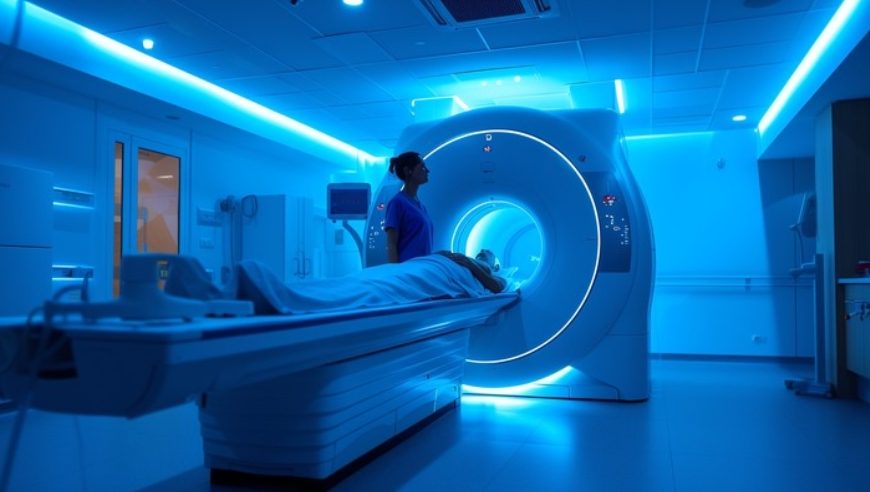
Unraveling the Complex Causes of Low Back Pain: Beyond the Spine
Low back pain (LBP) is among the most prevalent forms of discomfort and is a frequent issue in adults. Despite being sometimes considered a minor inconvenience (Knezevic NN, et al. 2021), LBP is actually one of the leading causes of long-term disability worldwide, affecting around 65% of the global population (Abbafati C, et al. 2019). It is estimated that the lifetime prevalence of LBP ranges … Continue reading Unraveling the Complex Causes of Low Back Pain: Beyond the Spine
